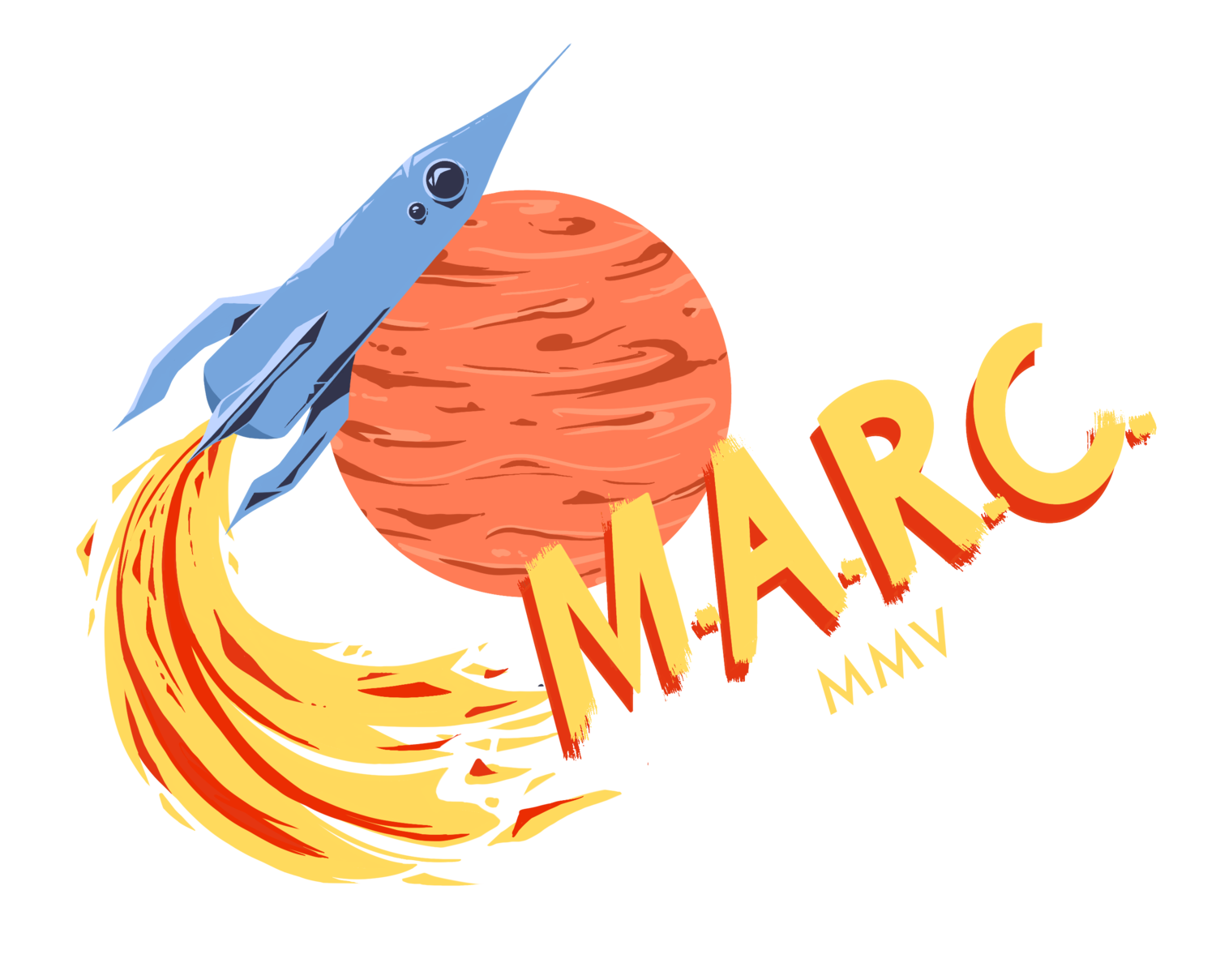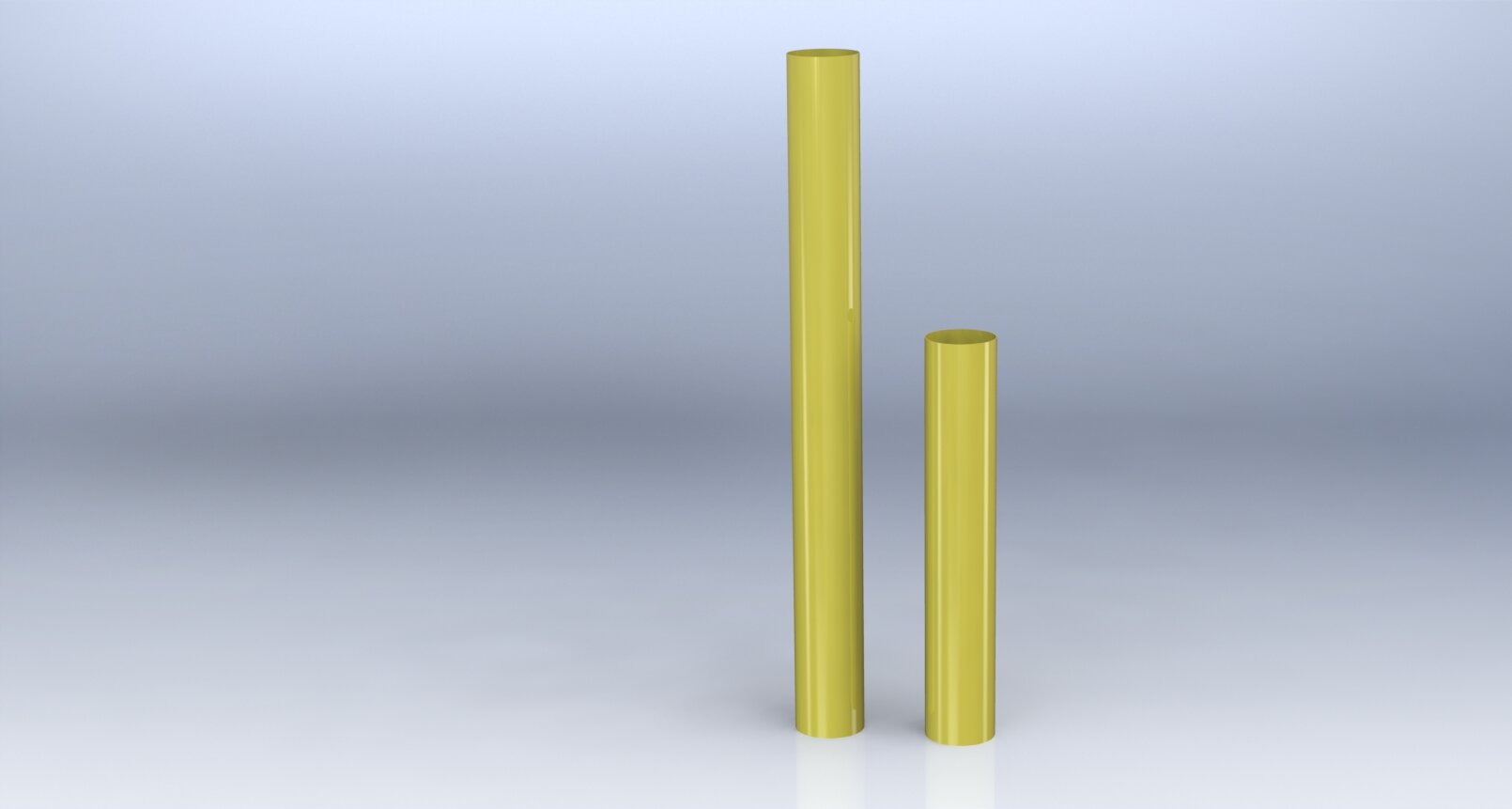
Gladius I
for FAR-51025 Launch Contest
Teams
Avionics
Ensures that the rocket has accurate in-flight telemetry, accurate and consistent parachute deploy, and communicates effectively with the ground station.
Structures
Responsible for researching and designing the nose cone, airframe, fins, and launch system.
Propulsion
Responsible for researching rocket motors and constructing the motor assembly.
Recovery
Works to ensure the safe retrieval of our rockets while conducting complex experiments in the payload bay 30,000 feet above the ground.
Communications
Does outreach with the broader industry and academic community by establishing sponsorships from corporate, academic, or government organizations, which allow the team to continue operation.
Avionics
Team Projects
LOCUS Flight Computer
Our main flight computer is named LOCUS (Locator of Objects; Concurrently Undergoing Study). Flexibility and power are built into the heart of LOCUS, and the modular design helps to accentuate these design features. At the heart of it all is a ATSAMD21G18 @ 48MHz processor connected to a 900MHz LoRa Radio, with the ability to transmit nearly 20km to a ground station. The data it transmits is collected from the following trifecta of sensors:
MTK3333 GPS Module @ 10Hz
DPS310 Barometer
Nose Cone
The nose cone sits at the top of the rocket. The shape and dimensions are crucial to reducing drag.
Body Tubes
Gladius has two body sections: the upper body section houses the avionics, payload, and recovery bays. The lower body section has the motor and the fins. They are connected via a coupler.
Fins
The purpose of fins on a rocket are to move the center of pressure downwards, allowing the rocket to self correct during flight. The shape and cross section of the fins affect drag and therefore the apogee of the vehicle.
Structures
Team Projects
Duel Deployment System
Two parachutes are used for the safe descent of the rocket. The first parachute is a small drogue chute that is released at apogee to stabilize the descent of the rocket. The second parachute is deployed near the touchdown to slow the descent of the rocket. This dual system ensures that the rocket does not drift far away from the intended landing site.
Carbon Dioxide Deployment
MARC Recovery uses an electronically wired CO2 deployment system instead of black powder emission charges. CO2 is a safer and cleaner alternative to black powder charges.
Payload
In the payload bay, we will be conducting an experiment on the behavior of fluid dynamics in the rocket flight environment. MARC recovery will explore non-Newtonian fluids with thixotropic, rheopectic, shear thinning, and shear-thickening properties.
Recovery
Team Projects
Communications
Team Projects
Social Media
We in Communications work hard to let our internal members and the outside community stay updated on the events, meetings, and projects within the club.
Website
If you are seeing this, you’re already here! Along with social media, the Communications team works hard to keep you updated and informed about the history of our club, past events, future events, and any other team or club information through constant updates to the website.
Community and Sponsor Outreach
We also have the important role of extending beyond the 5C community to coordinate with external institutions regarding sponsorships, tours, networking, etc.







